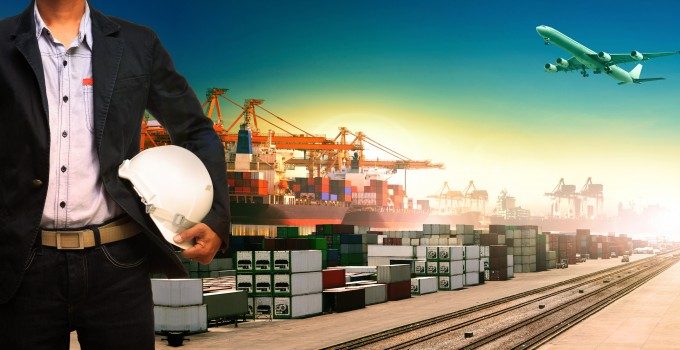New services and reinstated blanked sailings boost transpacific capacity
The Gemini Cooperation has introduced an additional transpacific service as a rush of demand and ...

Last week’s €400m acquisition of a 49% stake in CMA CGM’s container terminal operating arm, Terminal Link, by Chinese port operator China Merchants, is a sign of just how much port valuations have declined since the Lehman-collapse-inspired recession began.
The price for half of a business ...
Keep our news independent, by supporting The Loadstar
Red Sea crisis has driven most new capacity into extended Asia-Europe trades
Explosions and 'out-of-control' fire reported on Wan Hai box ship
Carrier price hikes hold, driving spot rates higher as space gets scarcer
Crew forced to abandon ship in latest fire on vessel carrying EVs
The Loadstar Podcast | Transport Logistic and Air Cargo Europe 2025
Asia-West Africa ULCV deployment opens new markets for carriers
Turkish Airlines falls foul of air safety regulations, claims India's aviation authority

Comment on this article
Annie
February 01, 2013 at 2:23 amWhere did you find that Deutsche Bank RREEF bought Maher Terminals for $2.7bn? What’s your source?
Gavin van Marle
February 01, 2013 at 10:10 amHi,
I covered this story extensively when the sale took place, as I was editor of a port magazine, Cargo Systems, at the time. Although the price was never disclosed by buyer or seller, I have had that figure confirmed by several sources involved in the deal.
Regards,
Gavin
Lou
February 06, 2013 at 1:58 pmThanks for this interesting article.
I have a couple of comments regarding the comparison between the sale of Maher to DB-REEFF and the one of Terminal link to CMHI:
With the exception of Dunkirk and Casablanca, most of Terminal Link terminals are terminals where Terminal link is a part, sometimes minority shareholder/partner, i.e. where it does not have full control. This is in contrast to Maher in Port Elizabeth, NJ, and Prince Rupert, BC.
Besides, many Terminal Link terminals are in “second tier” ports, whereas Maher’s Port Elizabeth terminal has been and still is in a major, prime tier port, the second largest US port complex giving access to a key economic region, with extensive inland intermodal links, while Prince Rupert, BC, is a newly developped facility which has been quickly gaining market share over Vancouver, BC and Seattle-Tacoma, WA, for serving the Canadian and US Mid West from/to Asia.
These aspects also account for the difference in price between Maher and Terminal Link, while your comments on the drop in port terminals valuation over the last few years remain valid.
Lou
Gavin van Marle
February 06, 2013 at 3:30 pmHi Lou,
You make some very good points – particularly in regard to shareholdings. Clearly, much of the “value” of Terminal Link to CMA CGM is operational, in that those minority stakes guarantee it terminal capacity in major ports.
Additionally, one has has to applaud the foresight of Maher’s executives in seeing through the Prince Rupert project. It is one thing to build a new port when the economy is growth-mode, quite another to make ti the fastest growing port in its competitive region when things aren’t going so well. I wonder if they will see the same success with the proposed new project on Canada’s Atlantic seaboard?
Regards,
Gavin
Sello Rasethaba
February 10, 2013 at 12:42 pmThis is a very interesting article. It will serve as a lesson for those governments who are thinking of concessioning ports.